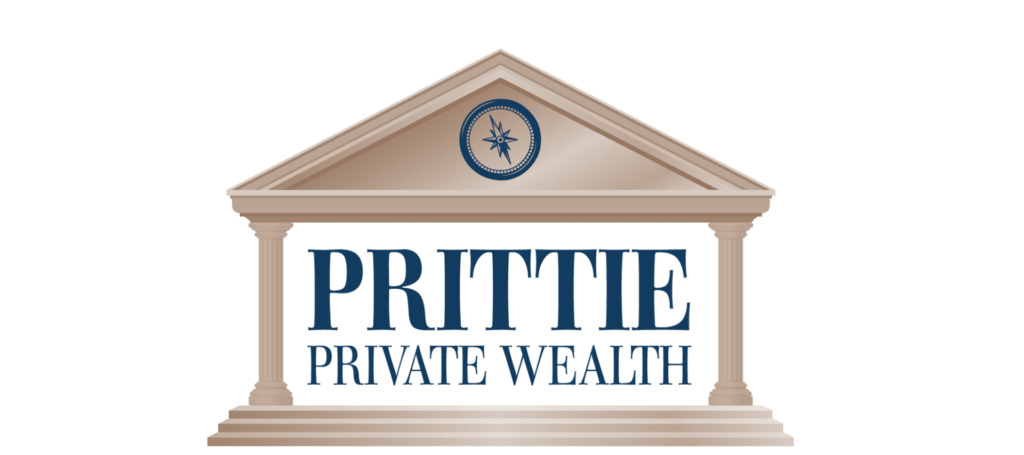Estate Planning for Special Needs Families

As of February 2020, there were approximately 379,000 Ontario Disability Support Plan (ODSP) members out of 4.5 million households in Ontario. Therefore, approximately one family in twelve is a parent or sibling household of a person with special needs. Most people who have a developmental disability live in the community in a variety of settings such as: with parents or other relatives, in group homes or in their own homes or apartment, with varying degrees of support.
Despite the wide range of supports offered in the developmental services sector, one of the keys to creating a sustainable service system is to engage in early planning with individuals and families through times of transition to make successful adjustments across life stages.
The RDSP is designed to assist a disabled individual in saving for their long-term financial needs. It offers tax-deferral on any investment growth, access to generous government grants and bonds, and an opportunity for family members to assist with the contributions. This article explains some of the intricacies of RDSPs including who can be the holder and how the government assistance works, as well as other important estate planning considerations.
Here are ODSP updates on benefits:
Tax Credit Recaptures and RDSP benefits increase from $896 to $1169. Disability and Caregiver tax credit 10-year recaptures are $16,000 + $9,000.
ODSP Qualification Criteria include: Inability to function in a competitive workplace or community or handle personal care.
Asset Limits & Monthly Benefits are $896-$1,169, plus drug and dental voluntary payments over a 12-month period are $10,000. Asset limits are $40,000 per individual plus $10,000 to those benefit units with a spouse included.
Canada Recovery Caregiving Benefit (CRCB) is $500 per week, for up to 26 weeks starting September 27th, 2020. These are subject to:
Note: If you were unable to work for at least 50% of your normally scheduled work week because you are caring for a dependent due to COVID/their usual care facility is unavailable. Alternatively, if facility or care is available but you are keeping your dependent home due to preference, you are NOT entitled to CRCB.
Disability Tax Credit (DTC). This can help you reduce taxes owing (for you or a supportive family member). This credit can be back filed by adjusting the clients tax returns for the last 10-year period resulting in recaptures up to $20,000 (with an additional refund for up to $8,000 if you are recapturing the Caregiver Tax Credit at the same time). Note that approval of the DTC means that an RDSP can then be opened. Even if you do not contribute any money – the government will contribute $1,000 per year in bonds for 20 years. Additionally, if you contribute $1500 per year the government will contribute an additional $3500 per year in grants for 20 years. (depending on beneficiary’s income & only until age 49).
Here is an example:
$30,000 in parental or personal contributions combined with an additional $90,000 federal government contributions compounding at 5% during the first 20 years grows to about $200,000. Compounding again at 5% from age 18 to age 60 equals about $700,000. This lump sum of capital could provide an annual income close to $30,000 for 25 years (age 85).
All RDSP payments paid to a plan holder (Lifetime Disability Payments) are “100% exempt” from the DSP income test – meaning that ODSP payments are NEVER reduced due to RDSP payments.
To understand how money can grow in an RDSP click this link to the RDSP savings calculator:
http://www.esdc.gc.ca/cgi-bin/RdspCalculator-CalculatriceReei/calc.aspx?lang=en
Other planning considerations for a child with a disability may include:
- Power of Attorney for personal care and property
- Substitute Decision Maker (SDM)
- and Guardian.
Special trusts can be set up including Henson Trusts. Henson Trust wording within a legal will must include “absolute and unfettered discretion” and “shall not vest”. Reversal of “Even handed” rule, size of trust is unlimited and disbursements unlimited (no $10,000 limit).
Finally, if a disabled child outlives the parents and continues to be totally dependant, then one should consider purchasing permanent life insurance. The following is an example:
• Female, age 50, non-smoker with life expectancy of 35 years.
• $100,000 Universal Life plan with a monthly cost of $115.40
• To save $100,000 after tax with $1,384.80 per year at 4% it would take 41 years.
In conclusion, the RDSP is designed to assist persons with disabilities in saving for their long-term financial needs. With 1 in 12 households affected by this and the many recent government and tax changes, this type of planning along with special life and estate planning requires particular attention and should include the help of a qualified professional who specializes in this type of planning. For any questions or to obtain more information, please call us at the branch.
Written by Shawn Ryan, Insurance and Estate Planning Specialist, CFP, TEP








